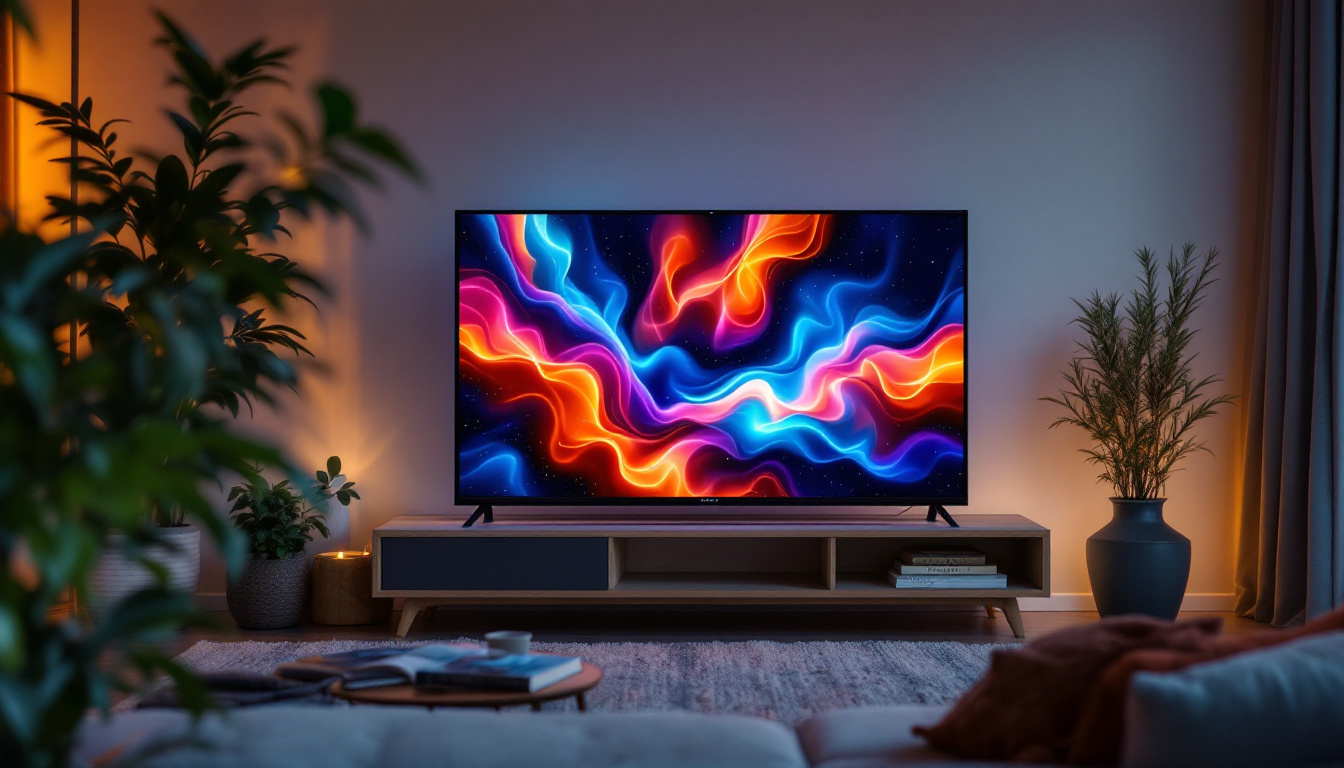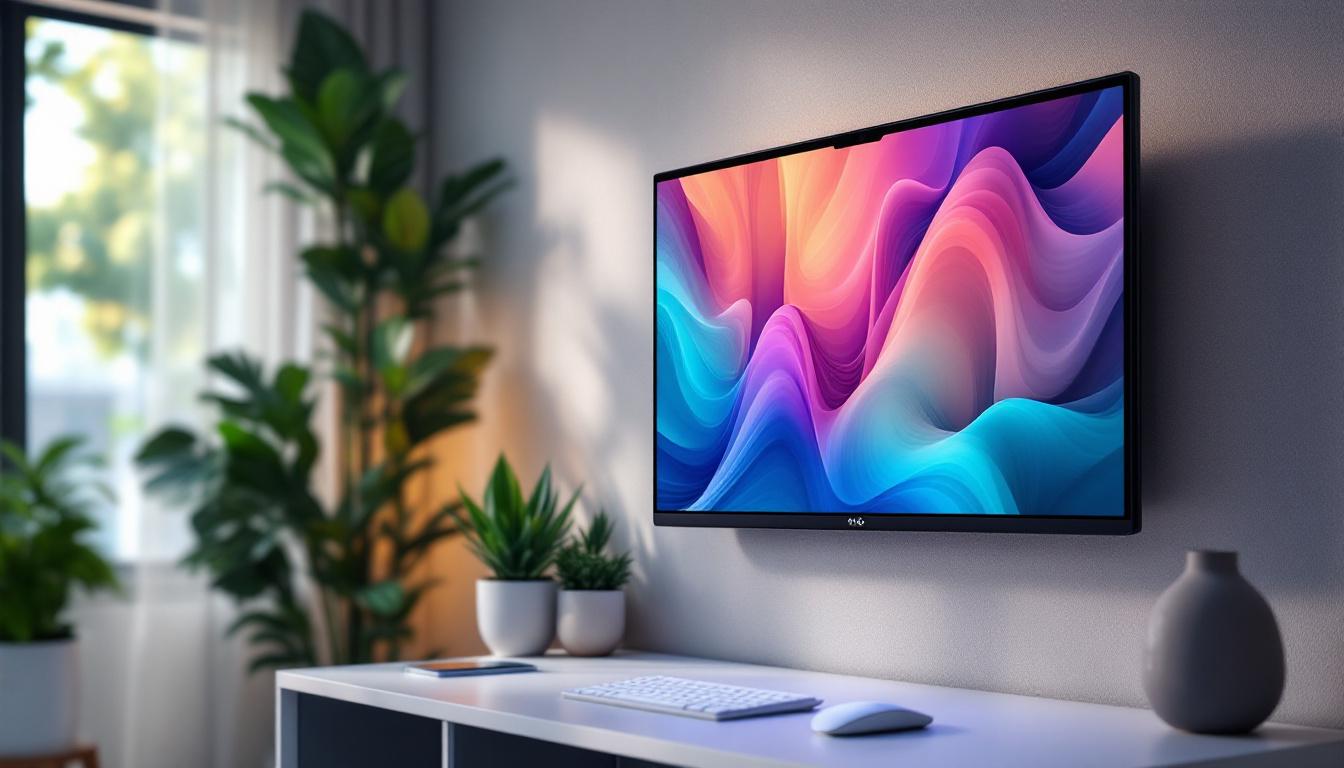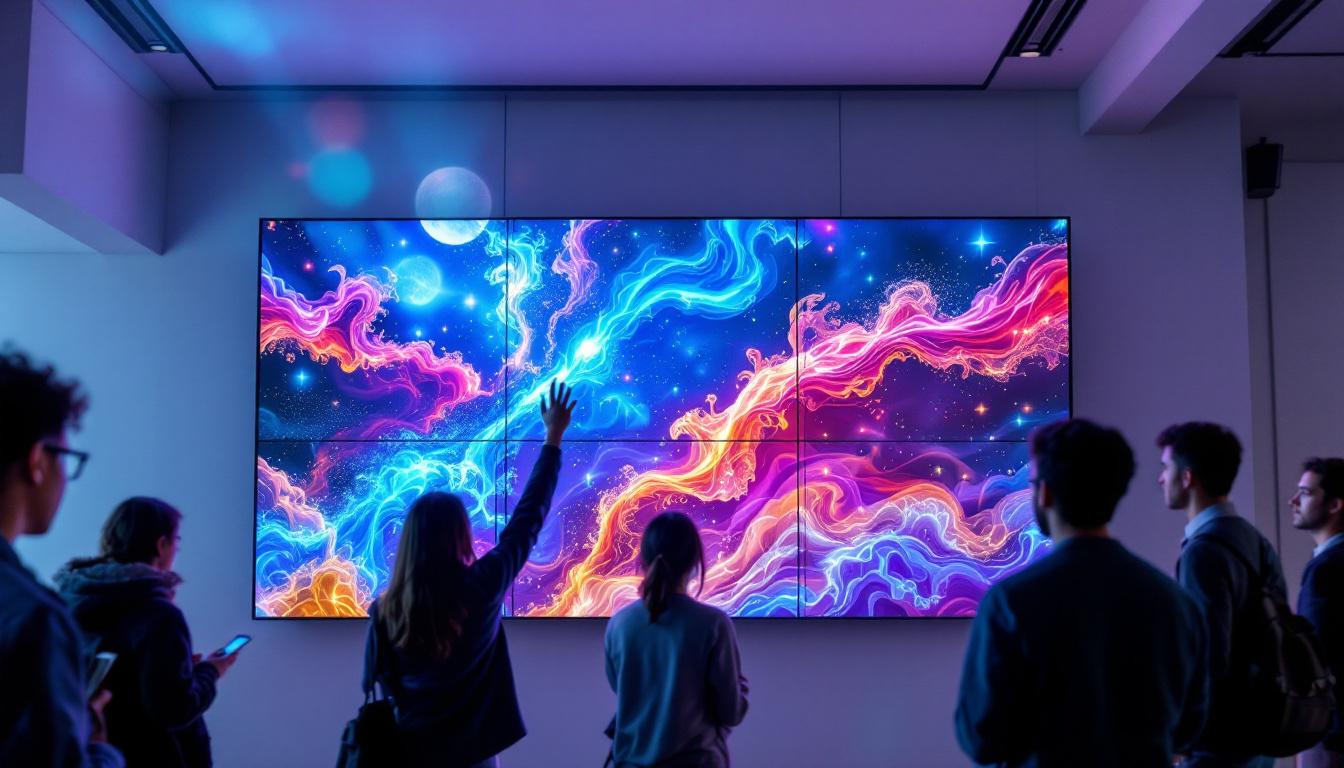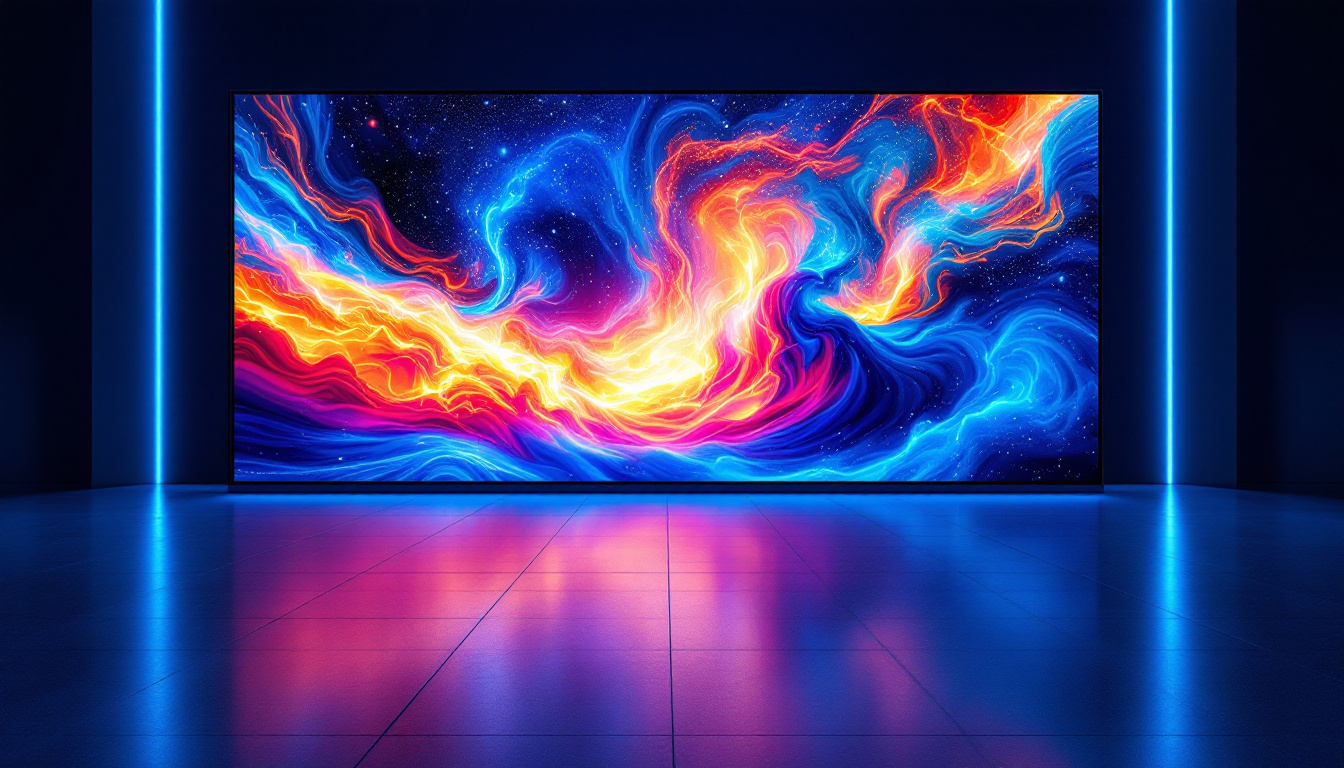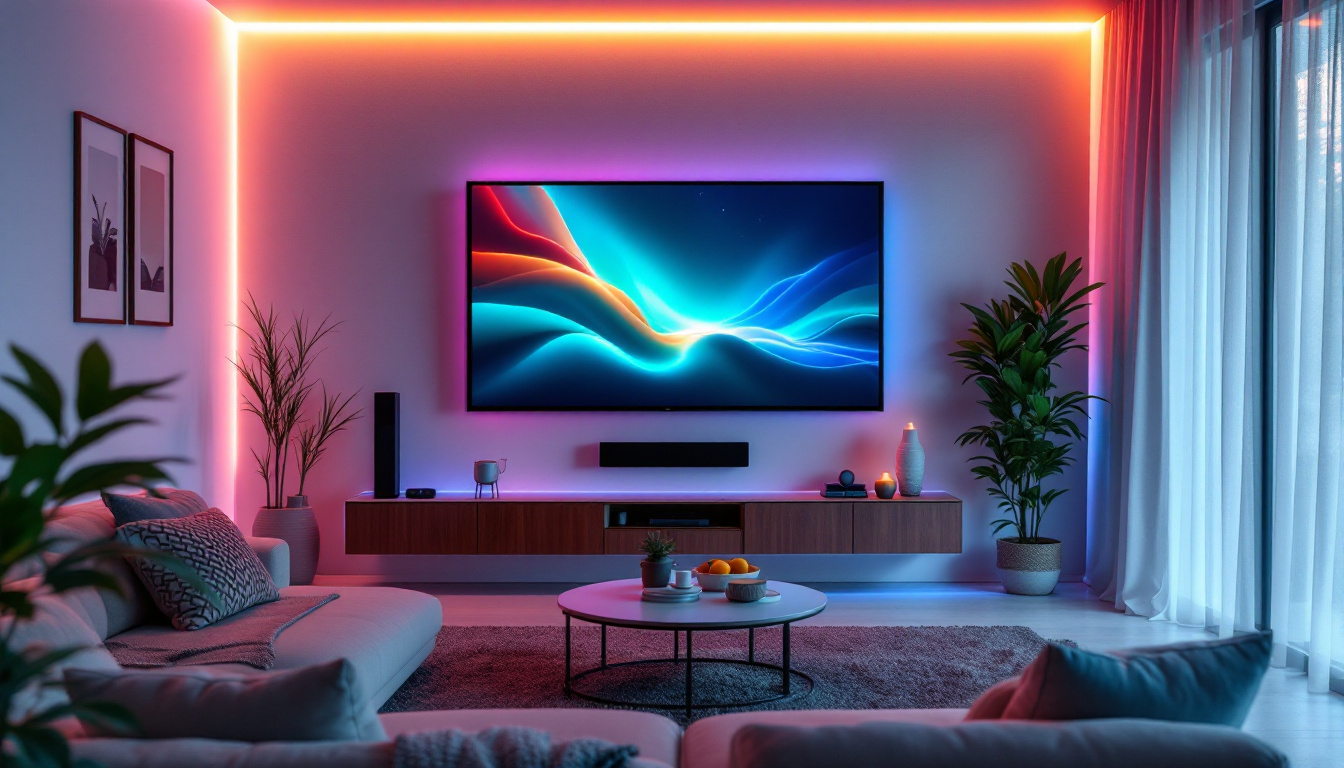Plasma TV Repair Near Me: LED Display Explained
In the world of television technology, the evolution from plasma displays to LED technology has been significant. While plasma TVs were once the gold standard for picture quality, LED displays have taken over due to their energy efficiency and superior brightness. This article will delve into the intricacies of LED displays, the reasons behind the shift from plasma, and what to consider when seeking plasma TV repair services near you.
The Rise of LED Technology
LED (Light Emitting Diode) technology has revolutionized the way we experience visual media. Unlike plasma TVs that use gas-filled cells to produce images, LED displays utilize a backlighting system that illuminates liquid crystal displays (LCDs). This fundamental difference not only enhances picture quality but also contributes to the longevity and energy efficiency of LED TVs. The shift from traditional display technologies to LEDs has also sparked a wave of innovation in design and functionality, leading to the creation of ultra-thin screens and smart TVs that integrate seamlessly with modern home entertainment systems.
Advantages of LED Displays
LED displays offer several advantages over their plasma counterparts. One of the most notable benefits is energy efficiency. LED TVs consume significantly less power than plasma models, which can lead to lower electricity bills over time. Additionally, LED screens are generally thinner and lighter, making them easier to mount on walls or move around. This portability is particularly appealing to consumers who frequently rearrange their living spaces or those who enjoy hosting movie nights and gaming sessions with friends and family.
Another key advantage is brightness. LED displays can achieve higher levels of brightness compared to plasma screens, making them ideal for viewing in well-lit rooms. This capability ensures that colors remain vibrant and details are visible, even in challenging lighting conditions. Furthermore, many LED TVs now come equipped with advanced dimming technologies that enhance contrast and reduce glare, allowing viewers to enjoy their favorite shows and films without distraction, regardless of the ambient light in the room.
Color Accuracy and Contrast
Color accuracy is another area where LED displays excel. With advancements in technology, many LED TVs now feature quantum dot technology or OLED (Organic Light Emitting Diode) enhancements, which provide richer colors and deeper blacks. This results in a more immersive viewing experience, particularly for movies and high-definition content. The ability to produce a wider color gamut means that viewers can appreciate the subtleties of cinematography, from the lush greens of a forest to the deep blues of an ocean scene, making every frame a visual treat.
Moreover, the contrast ratio in LED TVs has improved significantly. This means that the difference between the darkest and lightest parts of the image is more pronounced, enhancing the overall picture quality. As a result, viewers can enjoy a more dynamic range of visuals, making scenes appear more lifelike. The introduction of local dimming technology in many high-end LED models further enhances this effect by allowing specific areas of the screen to dim while others remain bright, creating a more dramatic and engaging viewing experience. This level of detail not only captivates audiences but also draws them deeper into the narrative of the content they are watching, whether it’s a thrilling action movie or a serene nature documentary.
Understanding Plasma Technology
Before diving deeper into the repair aspects, it’s essential to understand what plasma technology entails. Plasma TVs operate using tiny gas-filled cells that emit ultraviolet light when an electric current passes through them. This light then excites phosphors, which produce the colors we see on the screen. The unique structure of these cells allows for a vibrant display, as each pixel can be individually controlled to create a stunning array of colors. This intricate process is what sets plasma technology apart from other display types, making it a fascinating subject for both enthusiasts and professionals alike.
Benefits of Plasma TVs
Despite the rise of LED technology, plasma TVs had their own set of advantages. One of the most significant benefits was their ability to produce deep blacks and excellent color reproduction. The technology allowed for a wider viewing angle, meaning that colors and brightness remained consistent even when viewed from the side. This characteristic made plasma TVs particularly appealing for group viewing situations, such as family movie nights or sports gatherings, where multiple viewers could enjoy the same high-quality image from various positions in the room.
Plasma TVs also excelled in motion handling, making them a popular choice for sports and fast-paced action movies. The refresh rates of plasma screens provided smooth transitions without the blurring that can sometimes occur in LED displays. This capability is especially important for viewers who appreciate the nuances of fast-moving scenes, as it enhances the overall viewing experience by maintaining clarity and detail. Furthermore, the rich color depth and contrast ratios of plasma screens contributed to a more immersive experience, allowing viewers to feel as though they were part of the action.
Challenges with Plasma TVs
However, plasma technology is not without its drawbacks. One of the primary concerns is screen burn-in, where static images can become permanently etched into the screen if displayed for extended periods. This issue can be particularly frustrating for users who frequently watch news channels or play video games with static HUD elements. Additionally, plasma TVs are generally heavier and less energy-efficient than their LED counterparts, leading to higher operational costs. The weight of these units can also pose challenges during installation and relocation, requiring careful handling to avoid damage.
As technology progressed, manufacturers began to phase out plasma TVs in favor of LED and OLED technologies, which offered better performance and lower energy consumption. This shift has left many consumers with aging plasma sets in need of repair. Repairing plasma TVs can be a complex task, often requiring specialized knowledge and tools to diagnose issues such as flickering screens or color imbalances. Many technicians are well-versed in the intricacies of plasma technology, allowing them to provide effective solutions that can extend the life of these beloved devices. Additionally, with a growing interest in sustainability, some consumers are opting to repair rather than replace their plasma TVs, contributing to a more eco-friendly approach in the electronics market.
Finding Plasma TV Repair Services
For those still holding onto their plasma TVs, finding reliable repair services can be a daunting task. As plasma technology becomes less common, fewer technicians are trained to handle repairs effectively. However, several factors can guide consumers in their search for plasma TV repair services.
Researching Local Repair Shops
Begin by researching local electronics repair shops that specialize in televisions. Look for businesses with a good reputation and positive customer reviews. Websites like Yelp and Google Reviews can provide insights into the quality of service offered by local technicians.
Additionally, consider reaching out to friends or family for recommendations. Personal experiences can often lead to finding trustworthy repair services that may not be prominently advertised online.
Inquire About Experience and Expertise
When contacting potential repair services, it’s crucial to inquire about their experience with plasma TVs specifically. Ask about their familiarity with the technology and any particular challenges they have faced in the past. A technician who understands the intricacies of plasma technology will be better equipped to diagnose and fix issues.
Furthermore, inquire about warranties on repairs. A reputable technician should offer some form of guarantee on their work, providing peace of mind that the repair will last.
Common Plasma TV Issues
Understanding the common issues that can arise with plasma TVs can help consumers articulate their problems when seeking repair services. Below are some prevalent issues that may require professional attention.
Screen Burn-In
As previously mentioned, screen burn-in is a significant concern for plasma TV owners. This occurs when static images, such as logos or menus, are displayed for prolonged periods, leading to permanent ghost images on the screen. While some technicians may offer solutions to mitigate burn-in, prevention is always the best approach.
Flickering or Dimming
Another common issue is flickering or dimming of the screen. This can be caused by several factors, including faulty power supplies or issues with the internal components of the TV. Technicians may need to conduct a thorough inspection to identify the root cause and implement the necessary repairs.
Color Distortion
Color distortion can also occur, where colors appear washed out or inaccurate. This issue may stem from calibration problems or failing components within the TV. A skilled technician can recalibrate the settings or replace faulty parts to restore the display’s original quality.
The Future of TV Technology
As technology continues to advance, the future of television displays looks promising. While LED and OLED technologies currently dominate the market, innovations such as MicroLED and MiniLED are on the horizon, offering even greater picture quality and efficiency.
MicroLED Technology
MicroLED technology utilizes tiny, self-emitting LEDs to create images, similar to OLED but without the risk of burn-in. This technology promises to deliver exceptional brightness, contrast, and color accuracy, making it a strong contender in the future of display technology.
MiniLED Backlighting
MiniLED backlighting is another exciting development. By using smaller LEDs for backlighting, manufacturers can achieve more precise control over brightness and contrast, resulting in improved picture quality. This technology enhances the viewing experience, particularly in HDR (High Dynamic Range) content.
Conclusion
While plasma TVs may be fading into the background of television technology, they still hold a special place in the hearts of many consumers. Understanding the differences between plasma and LED displays is crucial for making informed decisions about repairs and future purchases.
When seeking plasma TV repair services, thorough research and inquiries about experience can lead to successful resolutions of common issues. As technology continues to evolve, consumers can look forward to exciting advancements in display quality, ensuring that the future of television remains bright.
Explore Cutting-Edge LED Displays with LumenMatrix
If you’re inspired by the advancements in television technology and are considering an upgrade from your plasma TV, LumenMatrix is here to illuminate your options. As a pioneer in LED display technology, we offer an extensive range of innovative solutions tailored to meet your needs. From Indoor and Outdoor LED Wall Displays to specialized options like Vehicle, Sports, and Floor LED Displays, our products are designed to maximize brand visibility and create immersive visual experiences. Embrace the future of visual communication with our Custom, All-in-One, and Transparent LED Displays. Check out LumenMatrix LED Display Solutions today and transform the way you share your message with the world.









